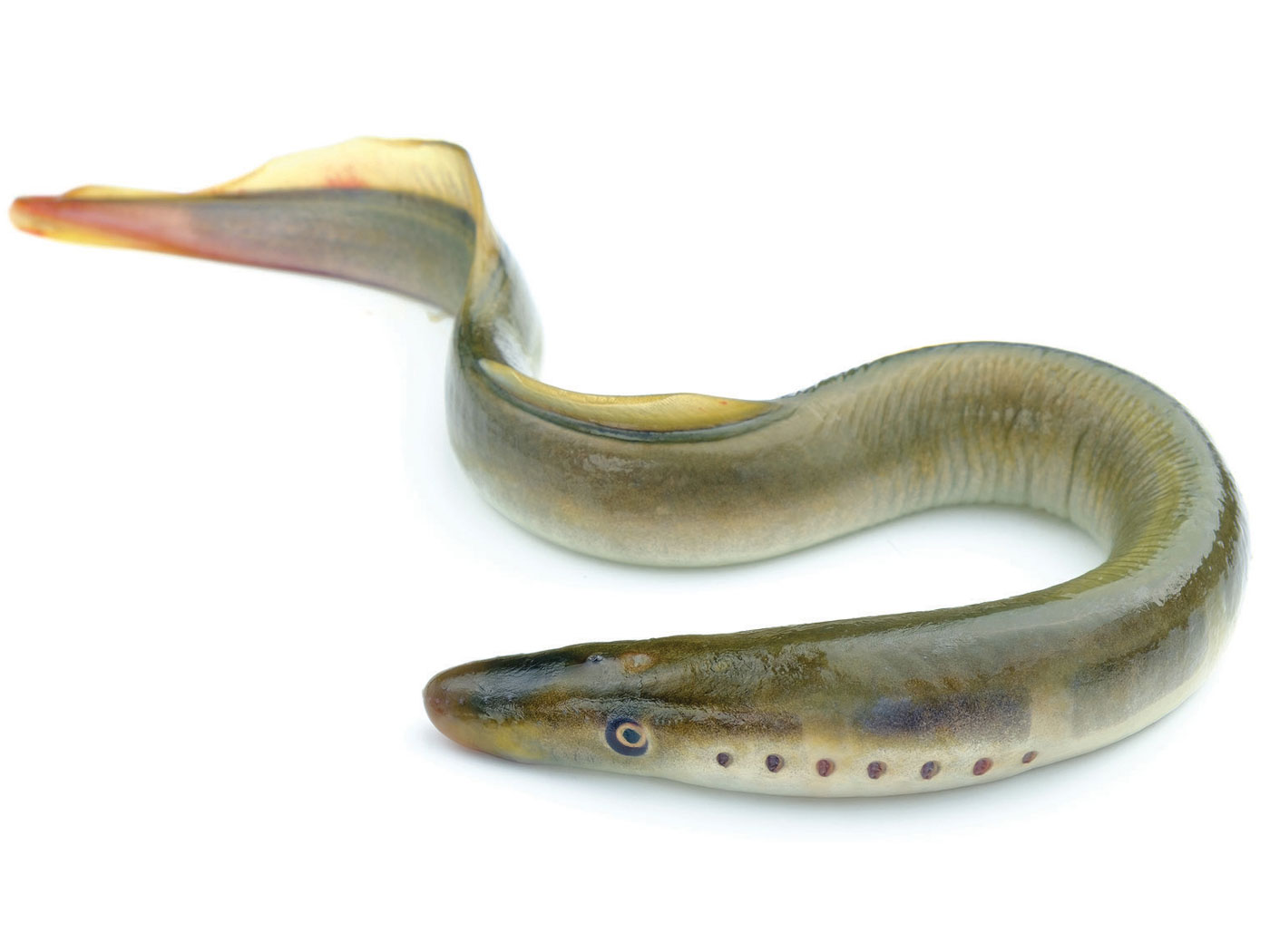Homo naledi skyrocketed to international fame in 2015 as a claimed ape-like ancestor of man that fit the story of human evolution. Discoverer and promoter Lee Berger published hasty reports and then toured the world with dynamic, media-packed presentations. Back then, the Associated Press wrote that scientists had “discovered a new member of the human family tree” in the odd-looking fossil assembly.1
The Institute for Creation Research responded to the claims and made a bold prediction that further research has now verified. Creation zoologist Frank Sherwin wrote, “We predict, on the basis of the creation model, Homo naledi too will become just one more dead end in the questionable human evolution parade.”2 New dating results show why Mr. Sherwin was right.
Why does the fossil’s age assignment matter? According to the evolutionary story, a gaggle of extinct apes slowly morphed closer toward the form of modern humans over millions of years. Supposedly, the first truly modern-looking people did not evolve until two to three million years ago. This follows from the long ages assigned to unquestionably human fossils. What, then, should qualify a fossil as a true evolutionary ancestor of man? First, it should have body parts that look more human-like than ape-like. Second, it should bear an age assignment of no fewer than two million years.
ICR geologist Tim Clarey described a key dating dilemma when he analyzed details published in 2015 about Homo naledi’s setting. He wrote that a relatively young evolutionary age assignment would place “Homo naledi alongside species of modern humans” instead of demonstrating it to be an ancestor of modern humans.3
Now in 2017, scientists including Berger revealed new dates that place Homo naledi only several hundred thousand years ago—far too recently to match their 2015 claims that it represented a human ancestor.4
A large team of scientists published the unexpectedly young age assignments in the online journal eLife.5 The University of the Witwatersrand in South Africa wrote about the results:
After the description of the new species in 2015, experts had predicted that the fossils should be around the age of these other primitive species. Instead, the fossils from the Dinaledi Chamber are barely more than one-tenth that age.6
In other words, those who believed that this fossilized creature was evolving into humans had predicted an age of older than two million years. Now their own dating methods have refuted this. Meanwhile, experts have completely disagreed over the evolutionary significance of every other supposed ape-human transition, including the famous Lucy—which is merely an extinct ape.7 Those who believe God created apes separately from man therefore predicted that more research would eliminate Homo naledi from the fake parade of human evolution candidates. Creation science got this one right.
Despite its initial glad entry into the evolutionary lobby, it didn’t take long for Homo naledi to turn right around and exit the building, just like creation thinkers foresaw.
What Is Homo naledi?
In short, we don’t know yet. Its fragmentary remains might represent human variations or diseased people.8 Detailed trait analyses suggest an extinct ape, possibly related to Lucy’s kind.9 Then again, maybe it’s a mix of human parts (especially its feet) with parts from extinct apes (like curved finger bones and tiny skulls).10 That would make the whole construct farcical, like Java man, Piltdown man, and possibly Homo habilis. Whether extinct human, extinct ape, or man-made mixture, none of these creation-friendly categories helps evolution.
References
- Chutel, L. and M. Ritter. Study: Bones in South African cave reveal new human relative. Associated Press. Posted on phys.org September 10, 2015, accessed September 10, 2015.
- Sherwin, F. Homo naledi, a New Human Ancestor? Creation Science Update. Posted on ICR.org September 10, 2015, accessed May 15, 2017.
- Clarey, T. 2016. Homo naledi: Claims of a Transitional Ape. Acts & Facts. 45 (2): 15.
- Torchia, C. Scientists in South Africa Reveal More on Human-Like Species. Associated Press. Posted on foxnews.com May 9, 2017, accessed May 12, 2017.
- Dirks, P. H. G. M. et al. 2017. The age of Homo naledi and associated sediments in the Rising Star Cave, South Africa. eLife. 6: e24231.
- Young Homo naledi surprises. Wits University News. Posted on wits.ac.za May 9, 2017, accessed May 15, 2017.
- Sherwin, F. 2017. Lucy Languishes as a Human-Ape Link. Acts & Facts. 46 (5): 10-13.
- Line, P. 2016. The mysterious Rising Star fossils. Journal of Creation. 30 (3): 88-96.
- O’Micks, J. 2017. Rebuttal to “Reply to O’Micks Concerning the Geology and Taphonomy of the Homo naledi Site” and “Identifying Humans in the Fossil Record: A Further Response to O’Micks.” Answers Research Journal. 10: 63-70.
- O’Micks, J. 2016. Homo naledi Probably Not Part of the Human Holobaramin Based on Baraminic Re-Analysis Including Postcranial Evidence. Answers Research Journal. 9: 263-272.
Image credit: John Hawks/University of Wisconsin-Madison. Adapted for use in accordance with federal copyright (fair use doctrine) law. Usage by ICR does not imply endorsement of copyright holder.
* Mr. Thomas is Science Writer at the Institute for Creation Research and earned his M.S. in biotechnology from Stephen F. Austin State University.





















